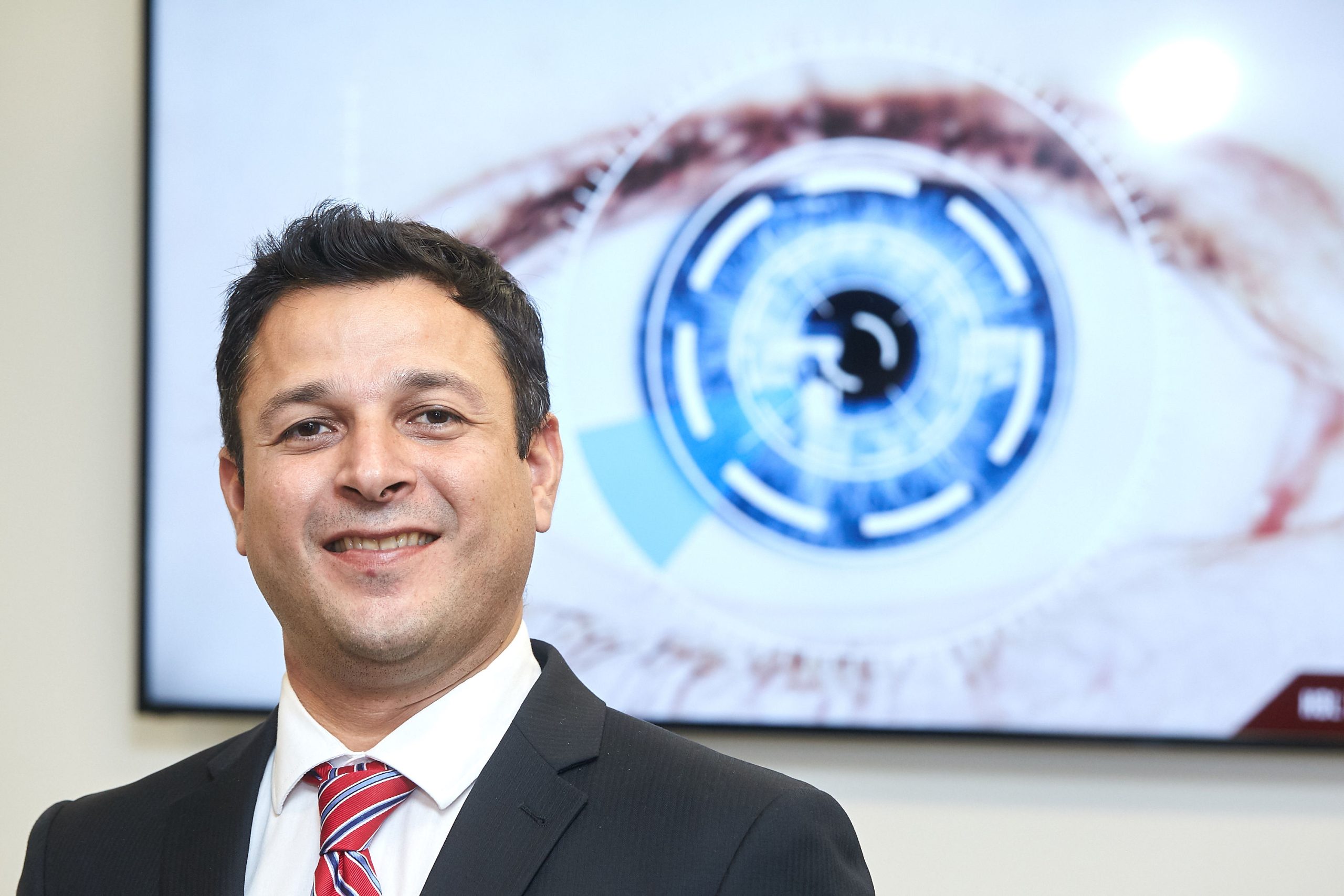Professor Marco Palma and the Human Behavior Lab at Texas A&M University are pioneering research in neuroeconomics with iMotions, leading to fast-scaling experiments about how we engage with food and self-regulate.
Texas A&M University is the flagship university of the state of Texas, with almost 69,000 attending students. In the Agriculture and Life Sciences Department, Professor Marco Palma leads the Human Behavior Lab, a specially designed facility built to advance knowledge within the field of neuroeconomics, and with human behavior research in general.
Why biometric research?
Before working with iMotions, Professor Palma didn’t have an objective way to measure emotions. Since 2016, however, he has quickly gone on to build a lab of 20 units installed with iMotions, with various constellations of devices for eye tracking, EEG, galvanic skin response, and facial expression analysis. He credits the combination of biosensors in iMotions with allowing the lab to build upon their prior success in collecting this otherwise unobtainable data to further their research.
The lab’s research focuses on the decision-making and emotions behind healthy choices, self-regulation, nutrition, and prevention of chronic diseases such as obesity and diabetes. Their innovative focus has helped them focus on behavioral and biomarker indicators of consumer behavior so that we can better understand the emotional triggers behind things like self-regulation and impulse buying.
Sensor versatility for publishing neuroeconomics research
From assessing facial expressions to understand emotion-induced risk preferences, to studying attention during choice experiments with eye tracking, publishing research in decision-making and consumer behavior is faster and more objective with sensor data.
The Human Behavior Lab represents the culmination of several years’ work, which Professor Marco Palma has been central in leading. Over the last few years, the research group has been building onto–and showcasing the advantages of–combining sensors and iMotions, so they are now able to scale their experiments and execute research faster than ever.
Professor Marco Palma recounts how iMotions has been part of their success since the beginning and that he looks forward to growing together in the future:
The role of iMotions in helping our research has been tremendous, because rather than spending a lot of time trying to do programming and investing effort…we’re now able to do what we do best, which is run experiments.
Professor Marco Palmo, Director of the Human Behavior Lab at Texas A&M University






